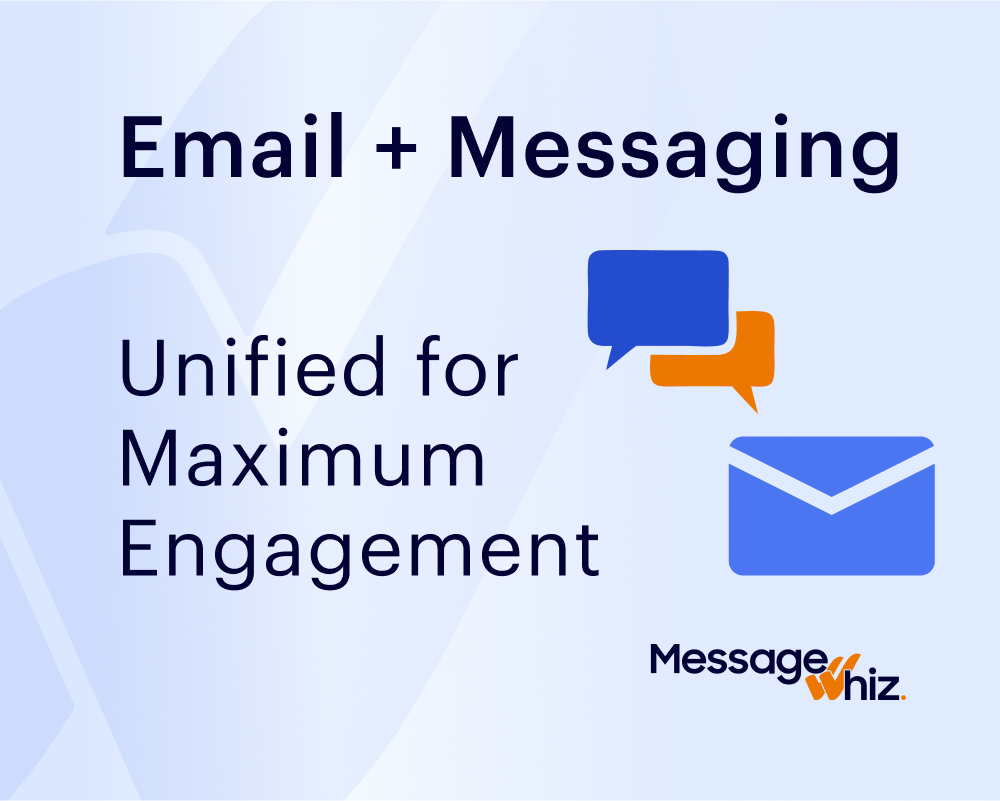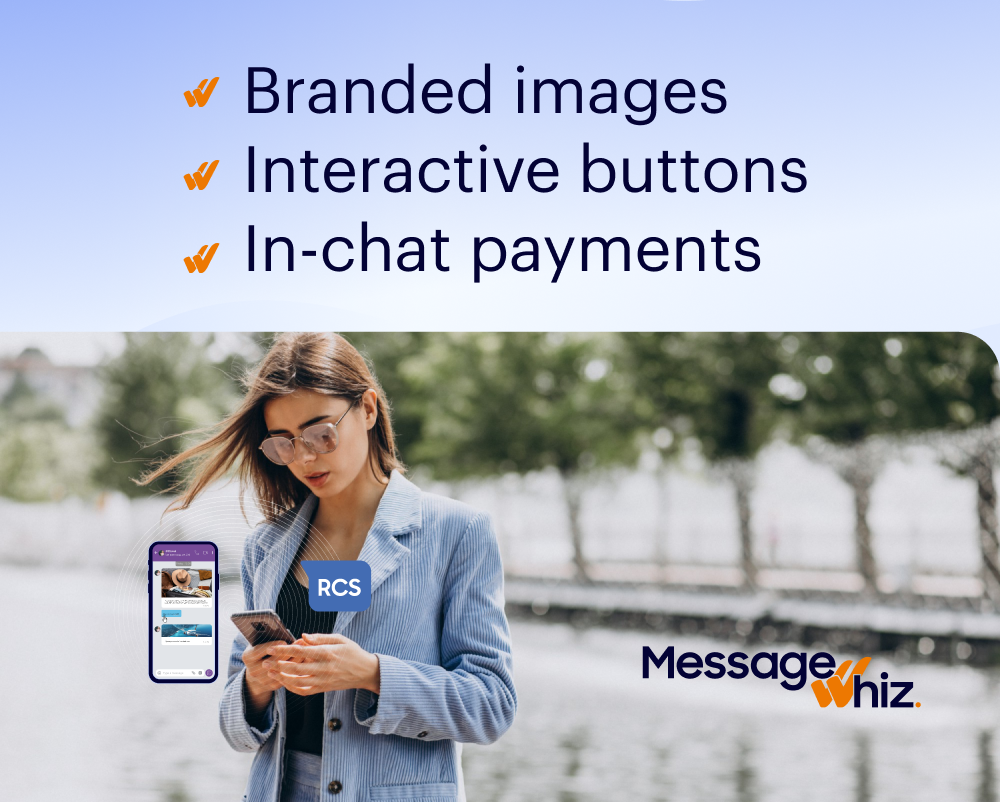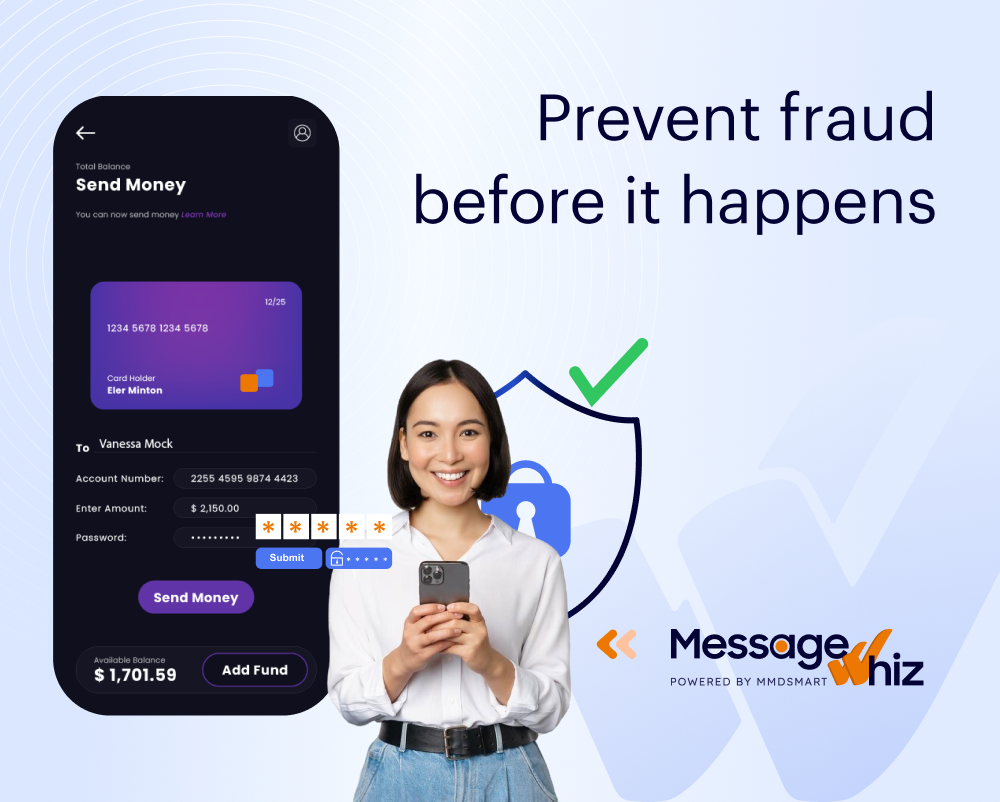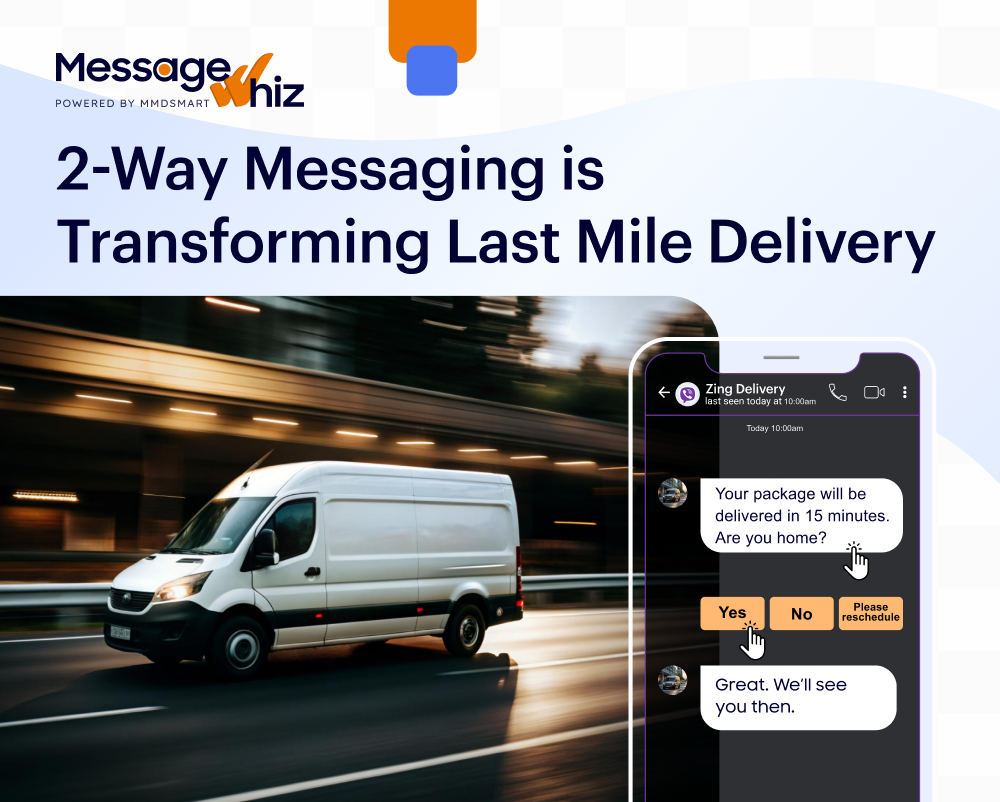We recently received the following message through our ‘Contact our Experts’ form.
“We have been using a different service for SMS marketing, and a lot of our messages are getting blocked by filters. Can you guys get us passed the carrier filters?”
Fortunately, this is something we see every day, and have a team in place to guide our customers through the tricky landscape of carrier filters.
What is SMS Carrier Filtering?
Mobile subscribers who receive an overload of spam SMS messages often feel that their only option is to find a new carrier. Rather than allow subscribers to churn, carriers like AT&T, Vodafone, and Orange choose to block out spam SMS messages. To do so, they set up filters blocking certain messages from getting through.
These filters range from keywords that prevent messages from getting through, to complex, machine-learning filters that shield customers in real-time from being overwhelmed by unwanted messages. Often times filters are activated by customer complaints, causing future messages emanating from that number to filtered out. Filters can also block high-volume senders, even if the message is innocuous.
Carriers protect their filters as a closely guarded secret, to prevent spammers from learning how to sidestep these consumer protections. There is no way to know with certainty if a message will get through. Unfortunately, unlike email where a recipient can “whitelist” a specific sender, carrier filters don’t take user preferences into account while blocking a message from getting through.
Best Practices to Avoid Filters
There are two primary reasons why messages get blocked: spammy content and high volume sending. Here are some of the tools and tricks we recommend you use to help your messages arrive at their destination.
Require Opt-In
When SMS recipients opt in, it is much less likely that they will complain when they receive your texts.
Offer Opt-Out
When recipients have a way to stop receiving your messages, they tend to opt out rather than file complaints against you.
The Message Itself
Sending a message to customers should provide a good customer experience. The message should not be too long and should contain information that is immediately useful. Messages that encourage recipients to respond are very effective, as they demonstrate value that you are delivering to the customer.
Do Not Include…
Overly capitalized SMS messages look like spam, while aggressive language often leads to complaints. Avoid overly long messages, and cut down on hyperbole like 100% guaranteed, completely FREE, or no charge. These tend to be filtered.
Use Short Codes
Short codes are 5-6 digit telephone numbers that are used to send out SMS messages. These numbers are pre-approved by carriers for high-volume SMSing, and can be used for marketing and promotions, alerts and notifications. These are ideal for businesses that need to send out high-number of messages over a short time period.
One Last Thought
There are no guaranteed ways to completely avoid filters. However, to help protect our customer’s SMS marketing budget, MessageWhiz offers a risk-free revenue share pricing model, where you only pay when you’ve achieved your desired campaign results. That way, you won’t pay to send out messages that carriers filtered out.
Talk to our experts to find out how the MessageWhiz text messaging service for business can help you get your messages into your customers’ hands.




























